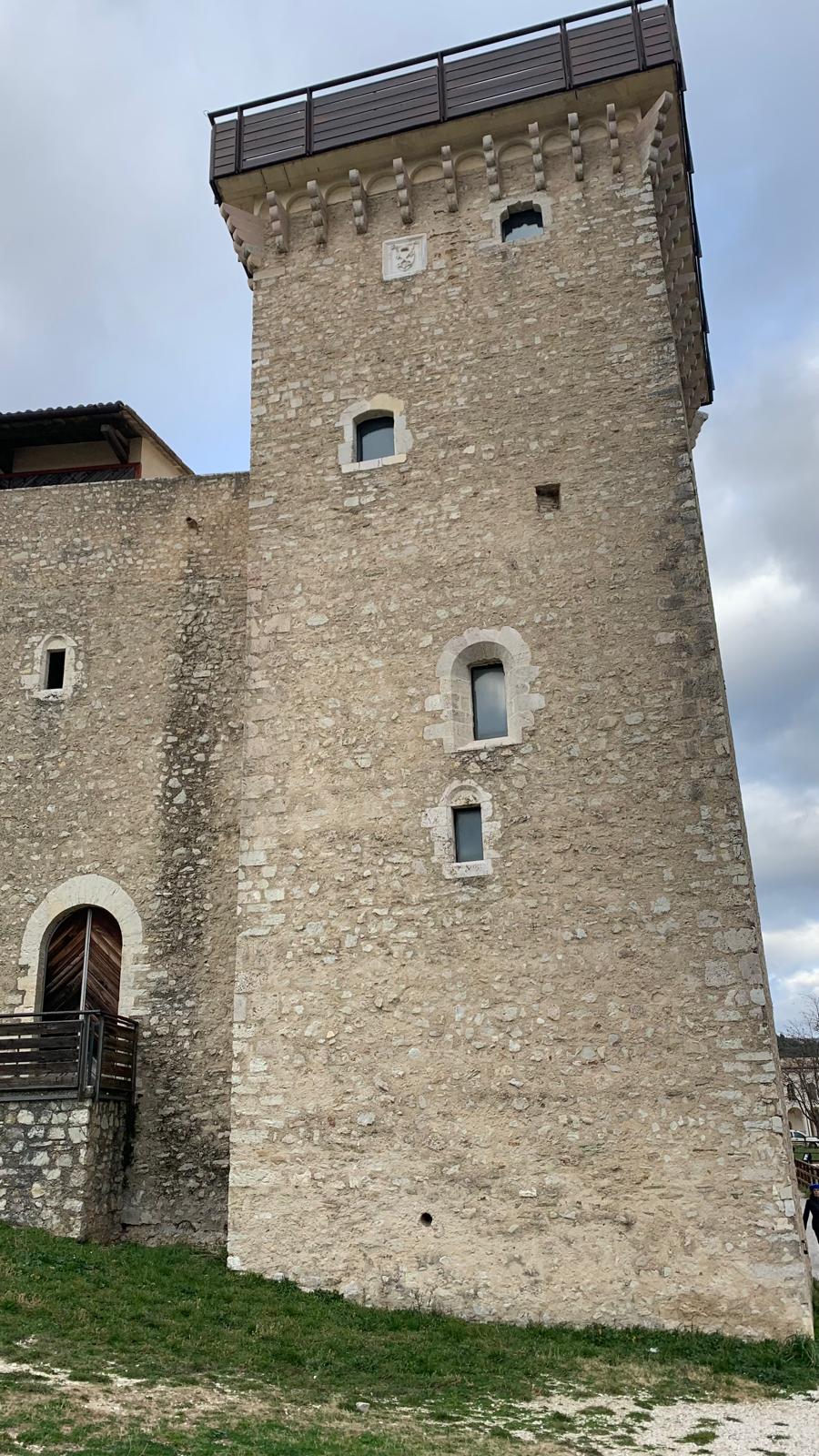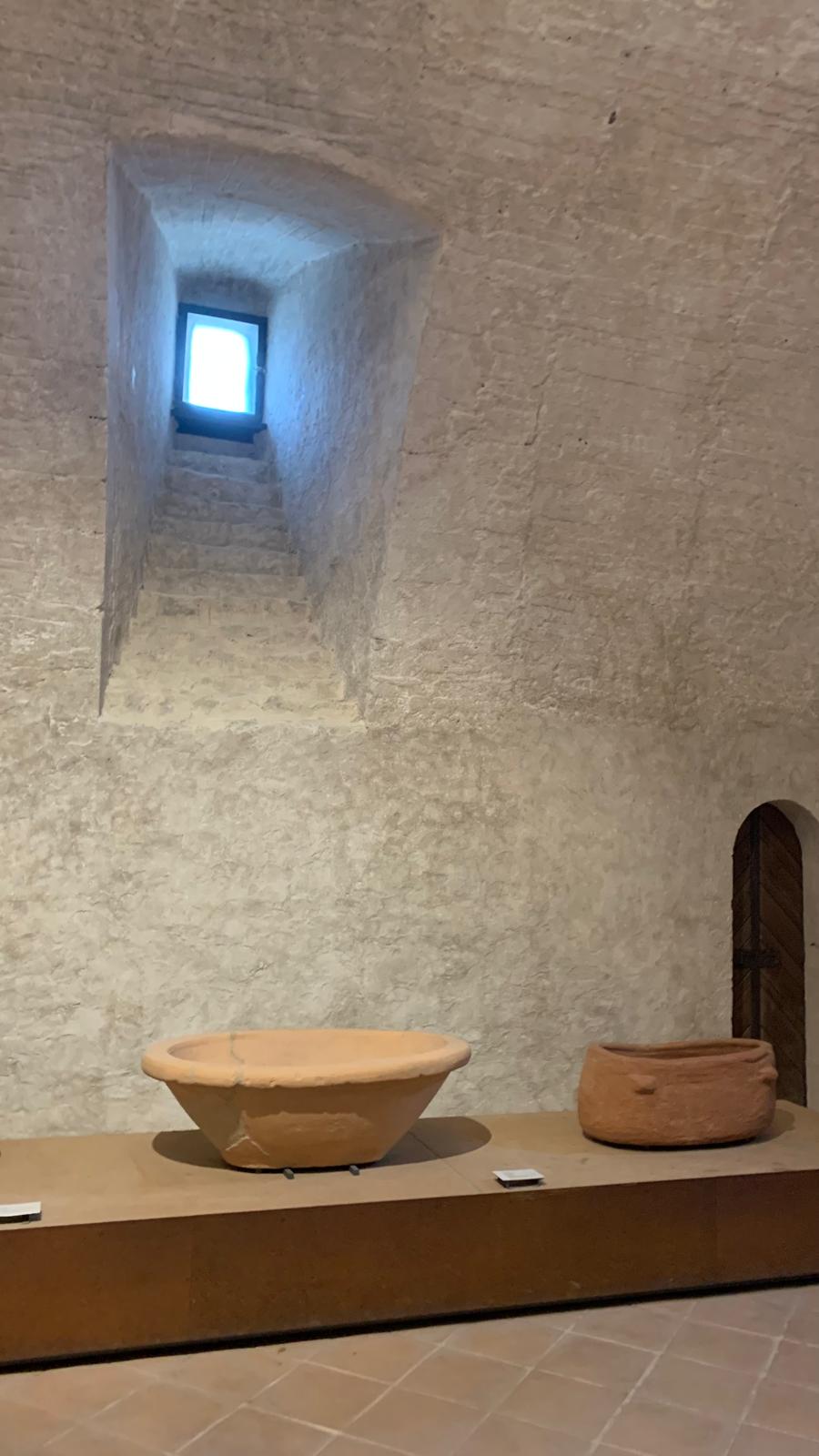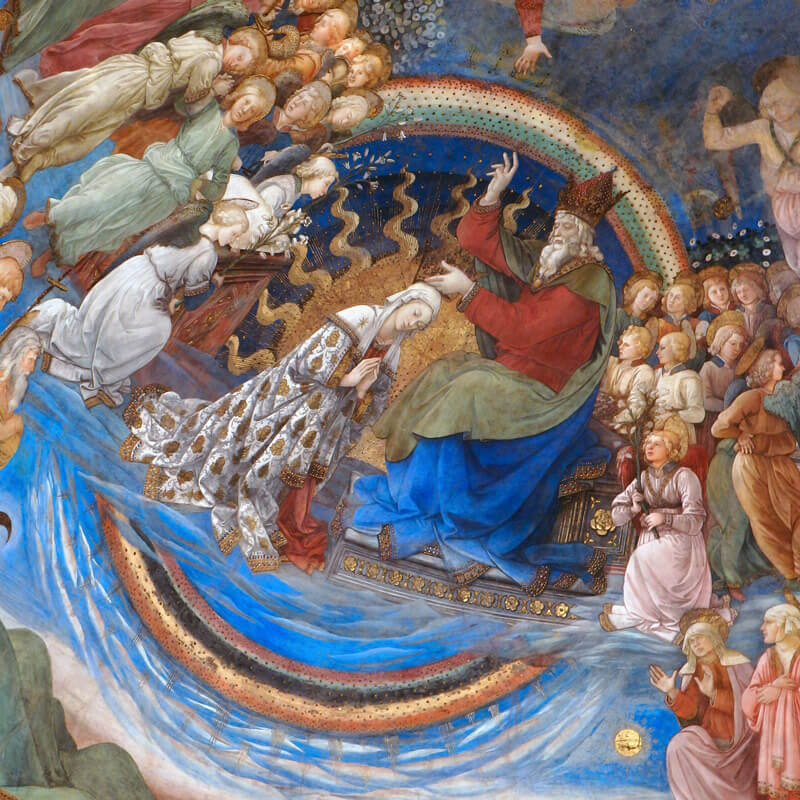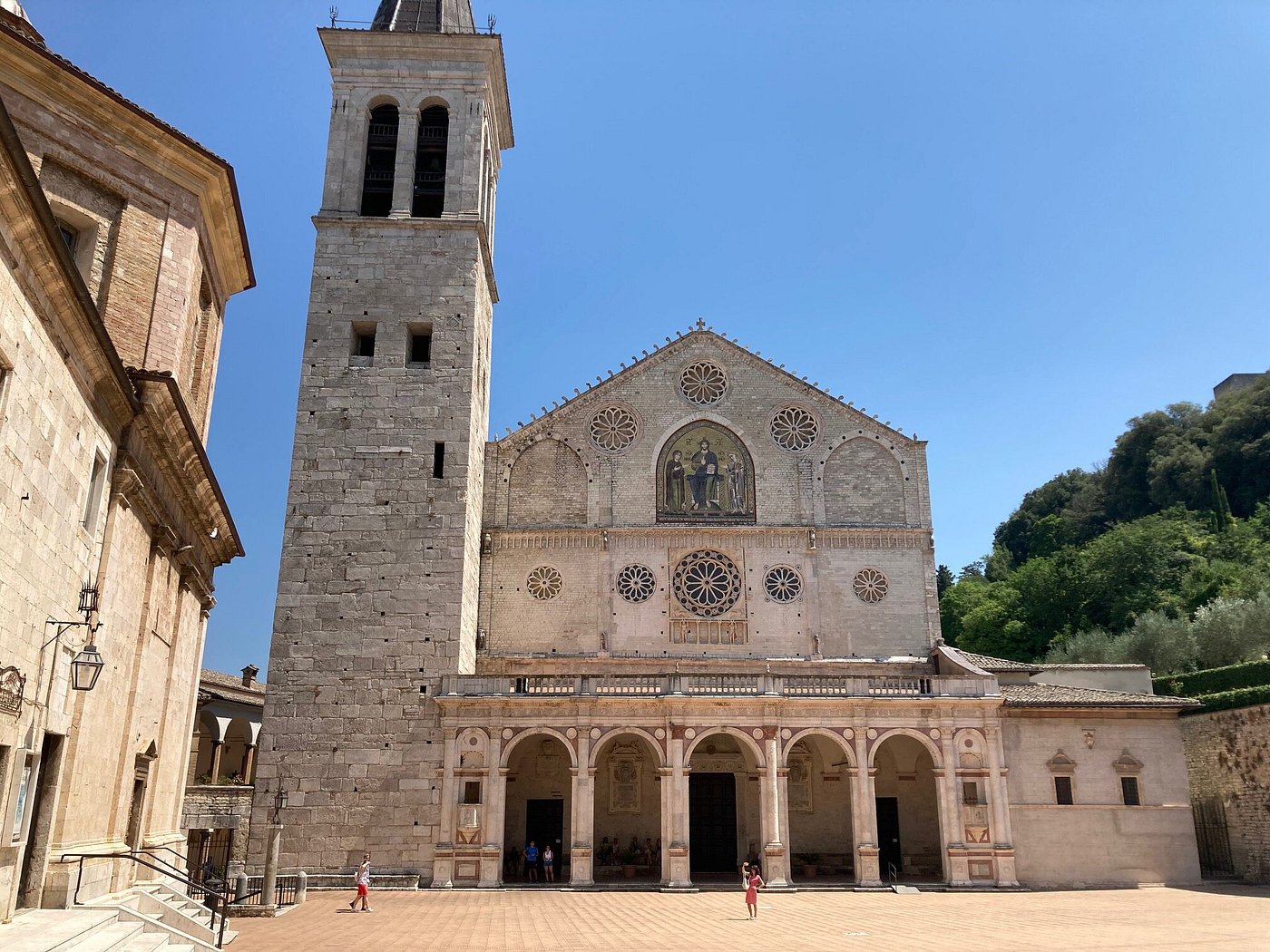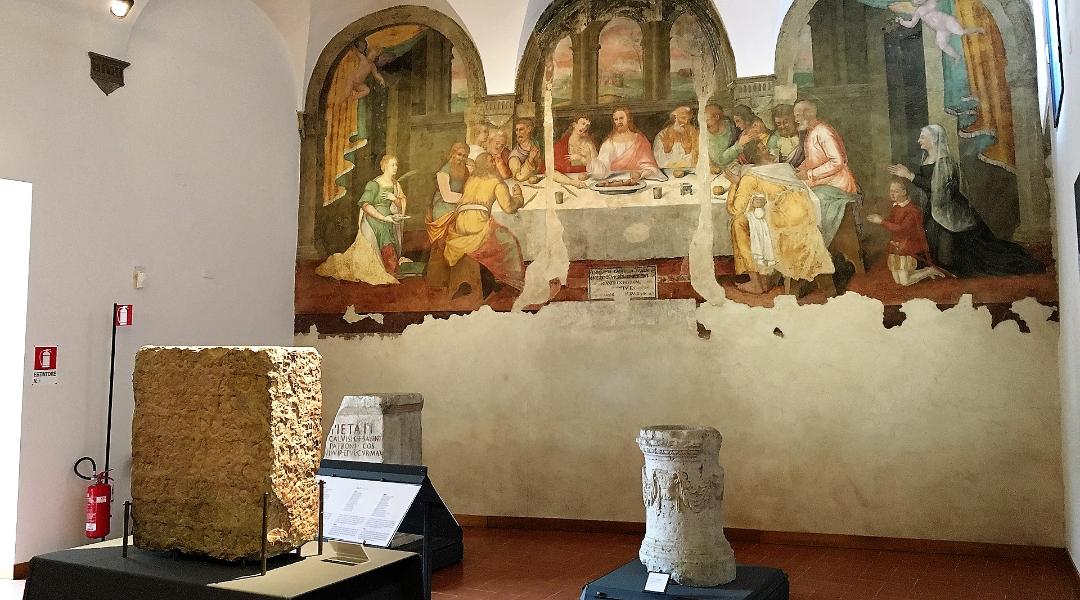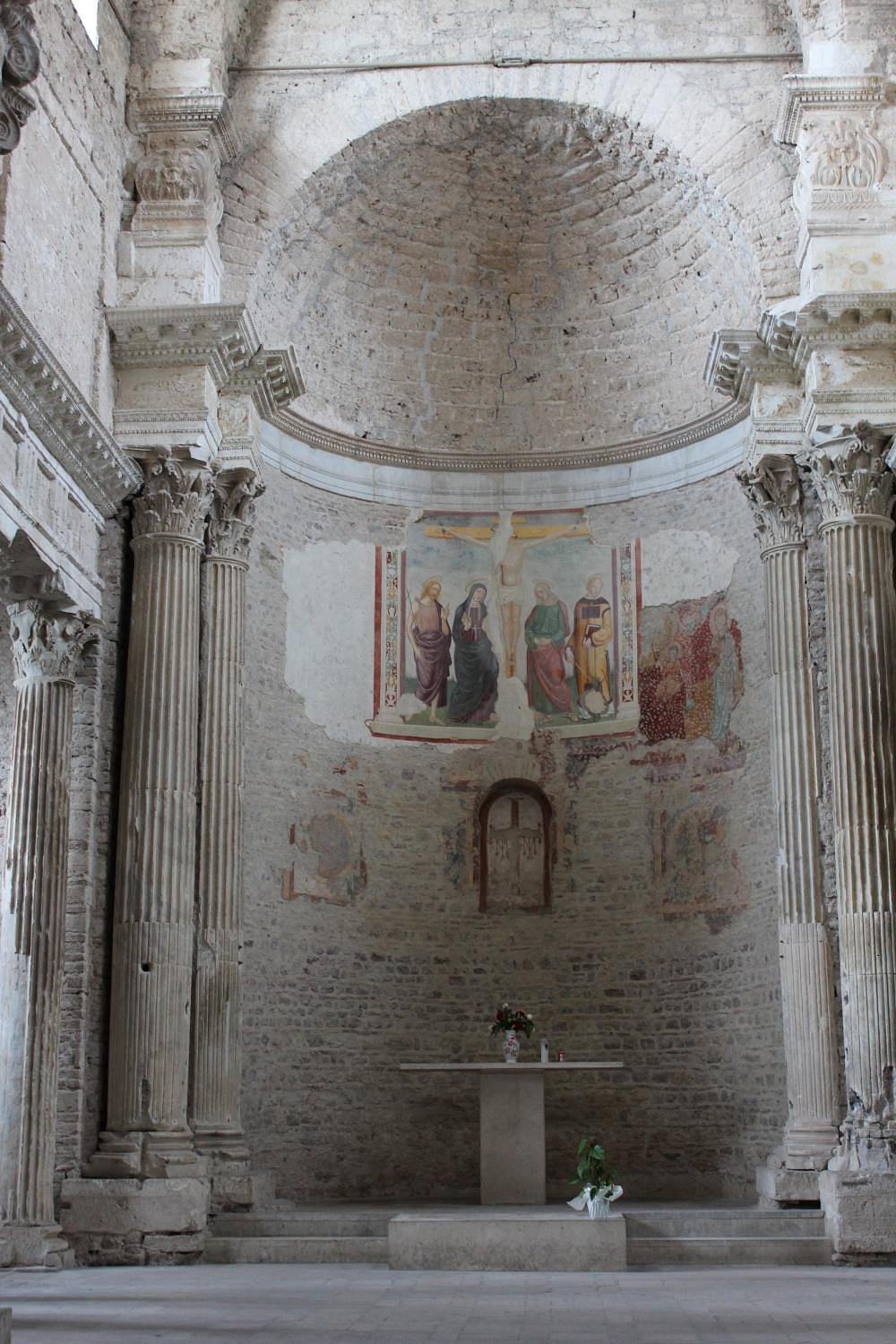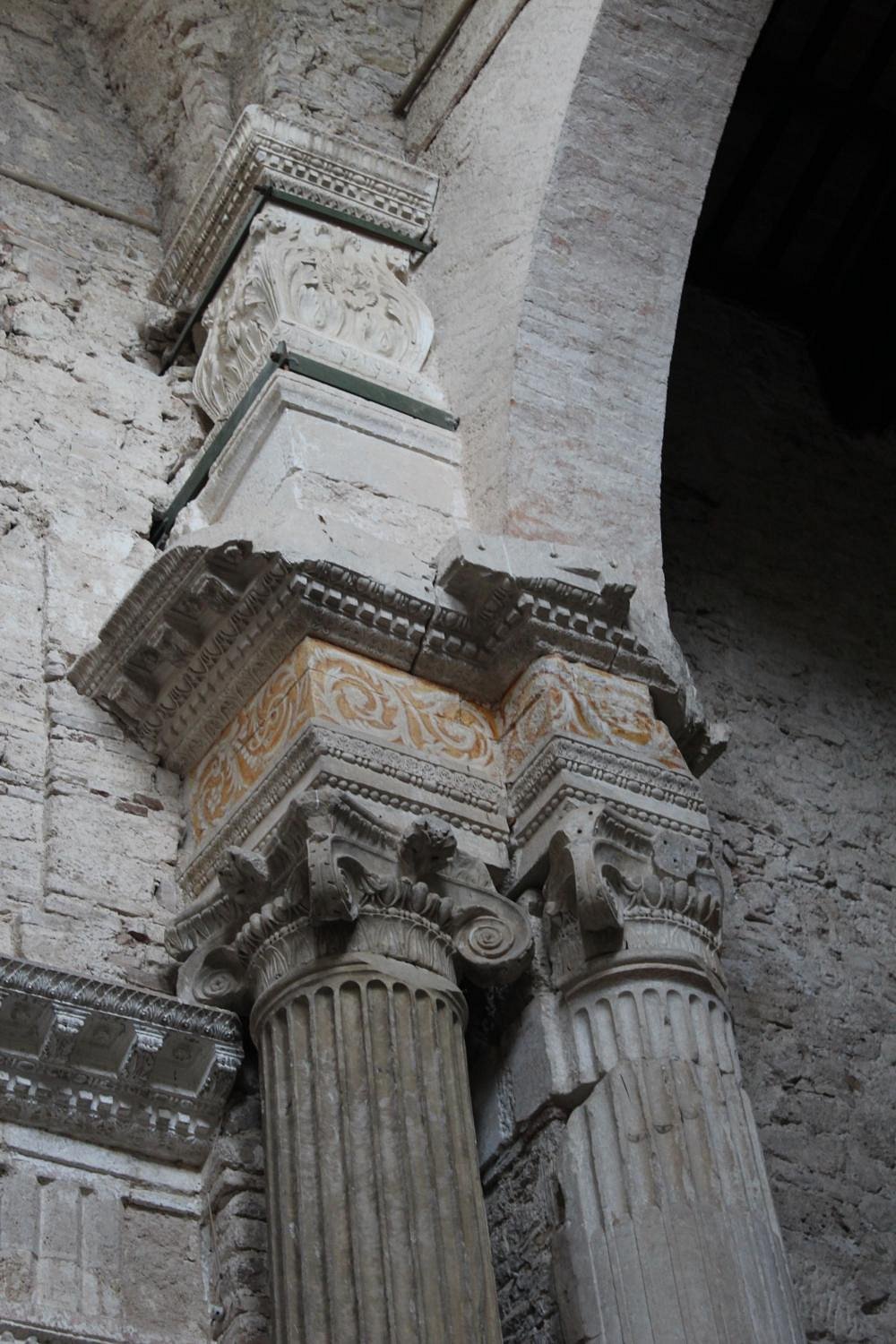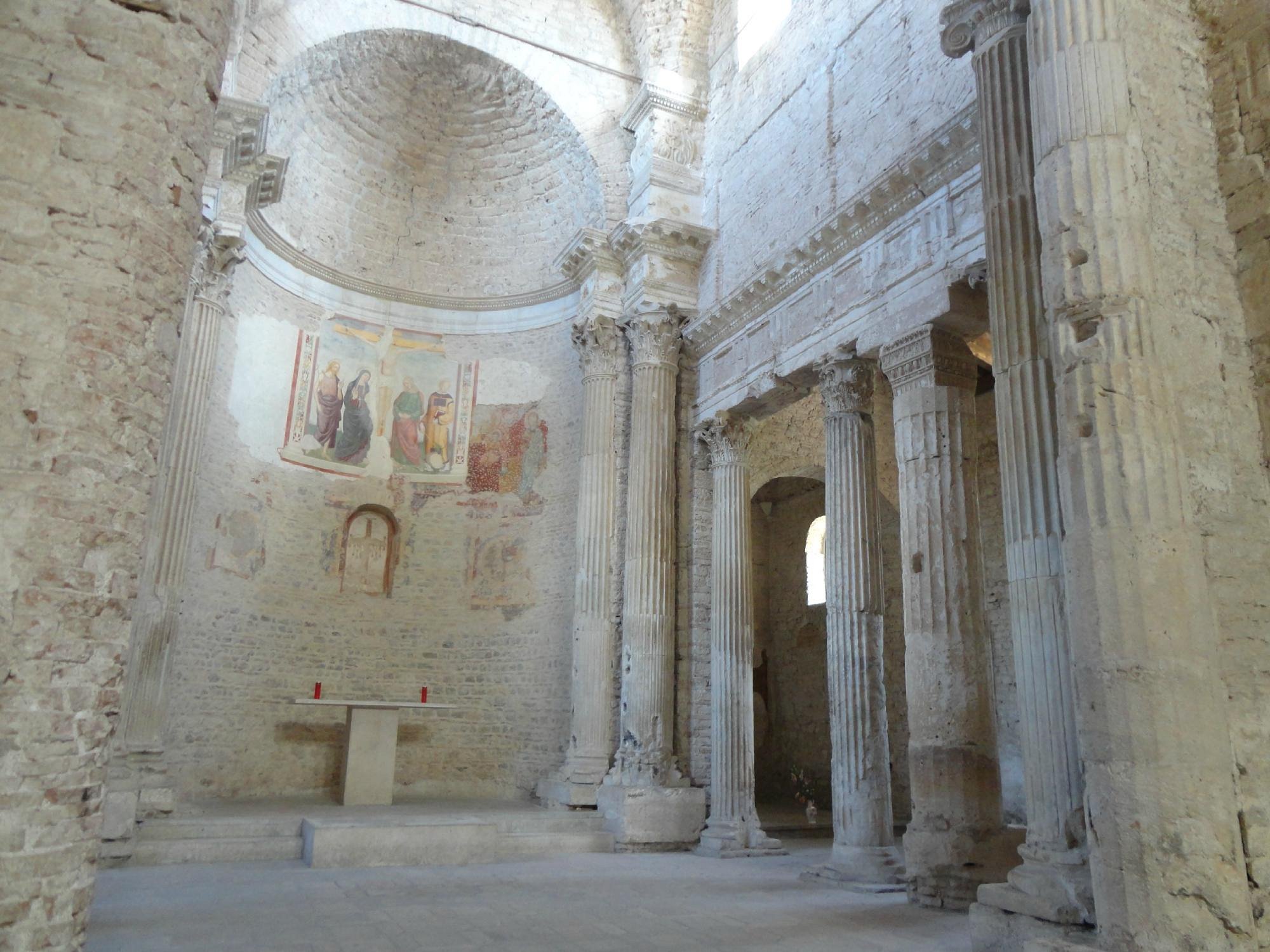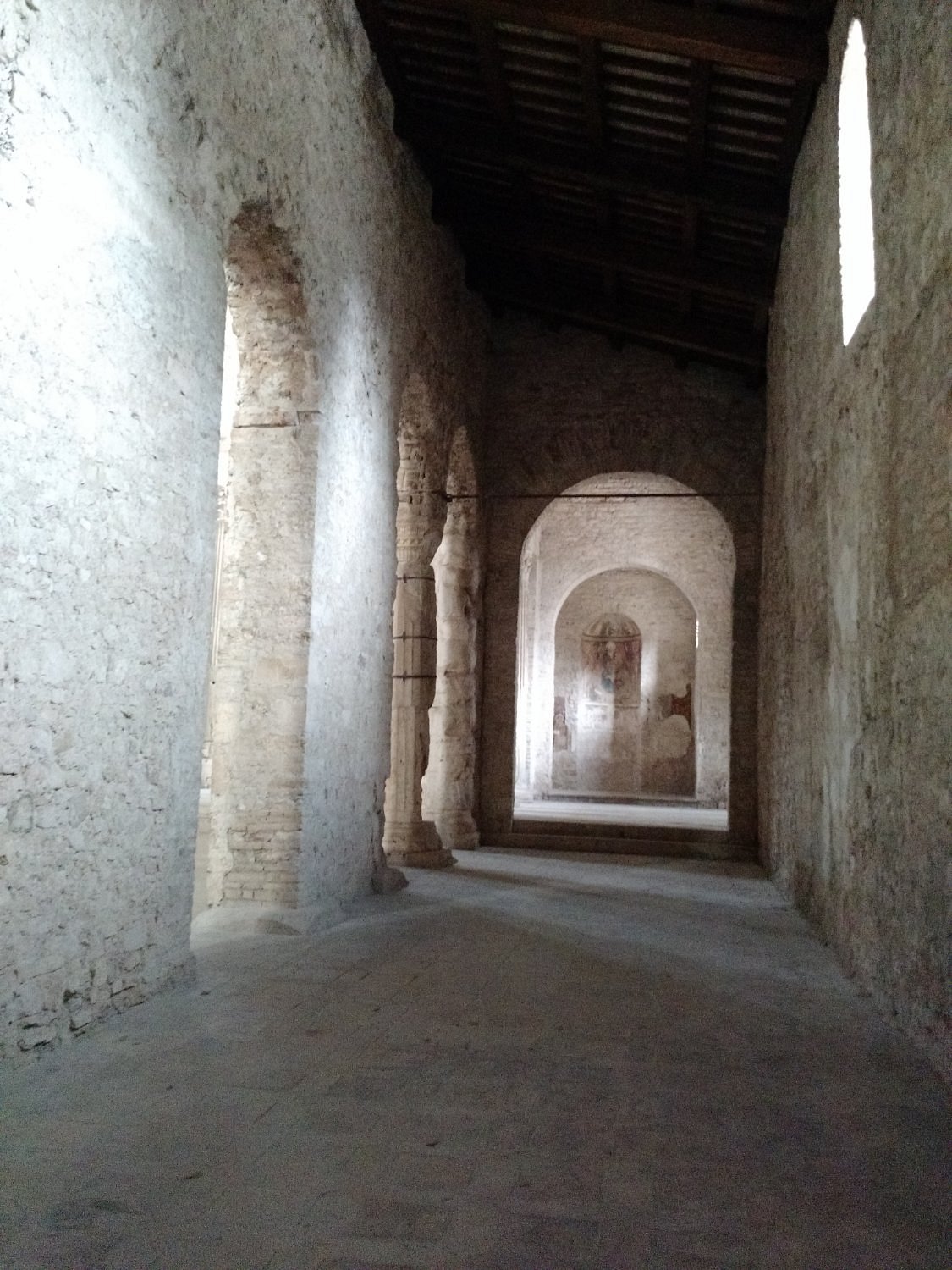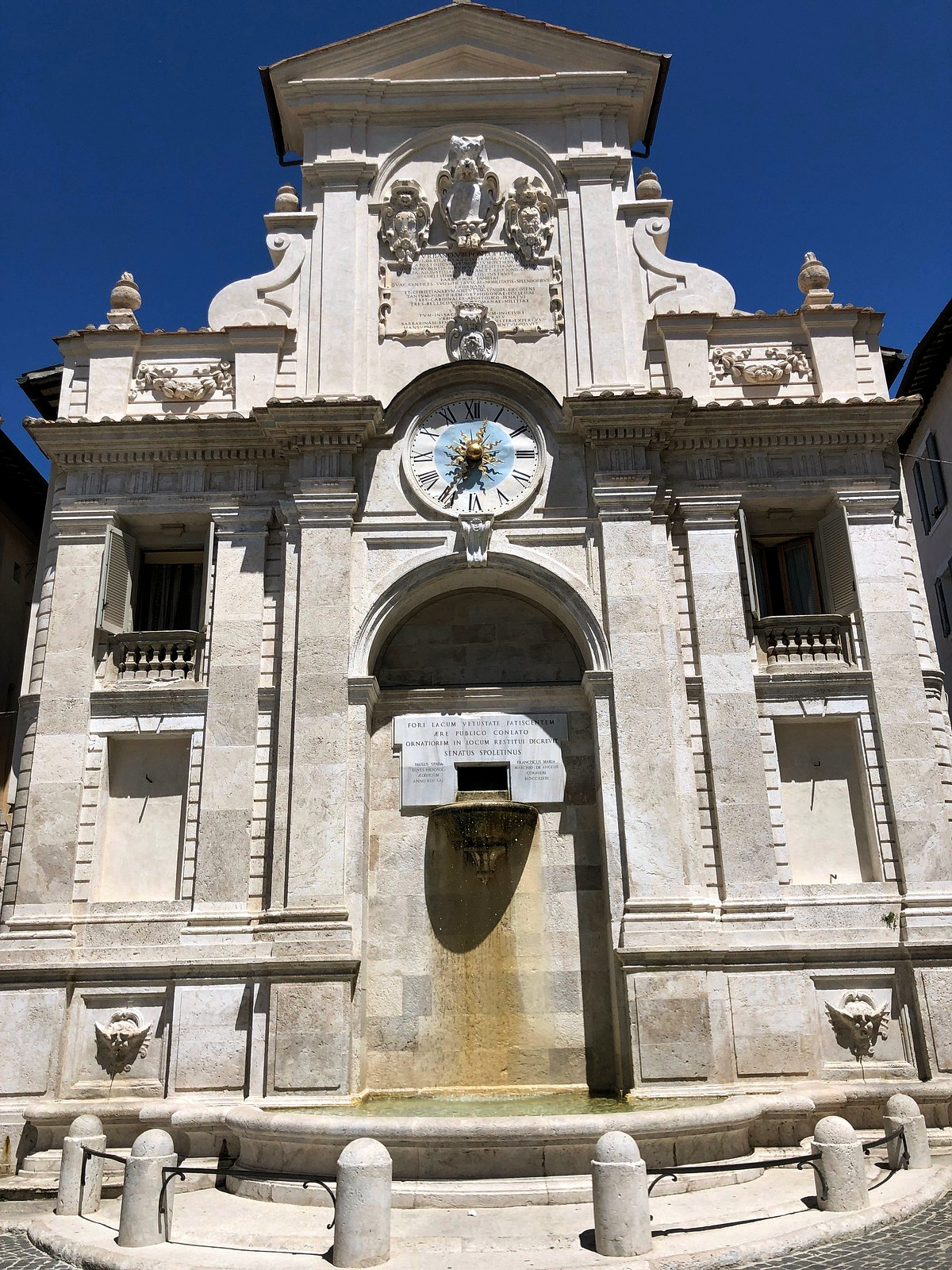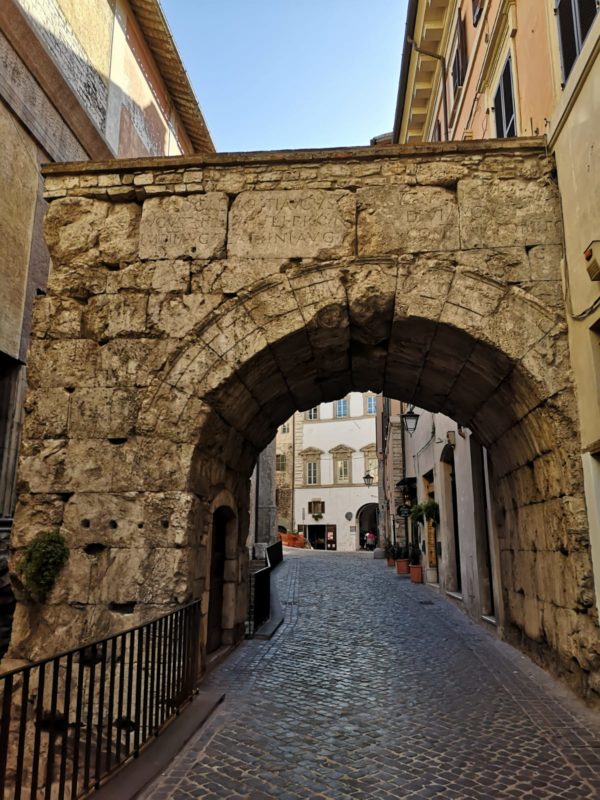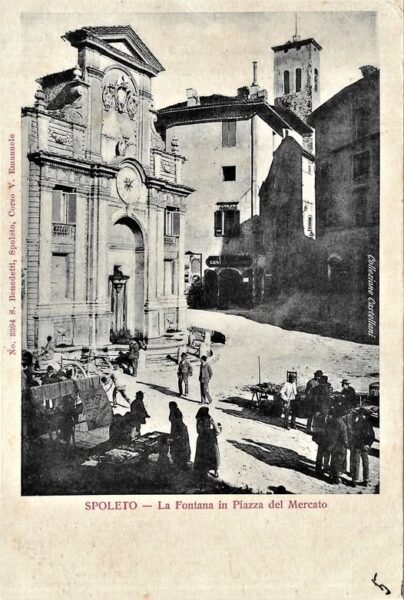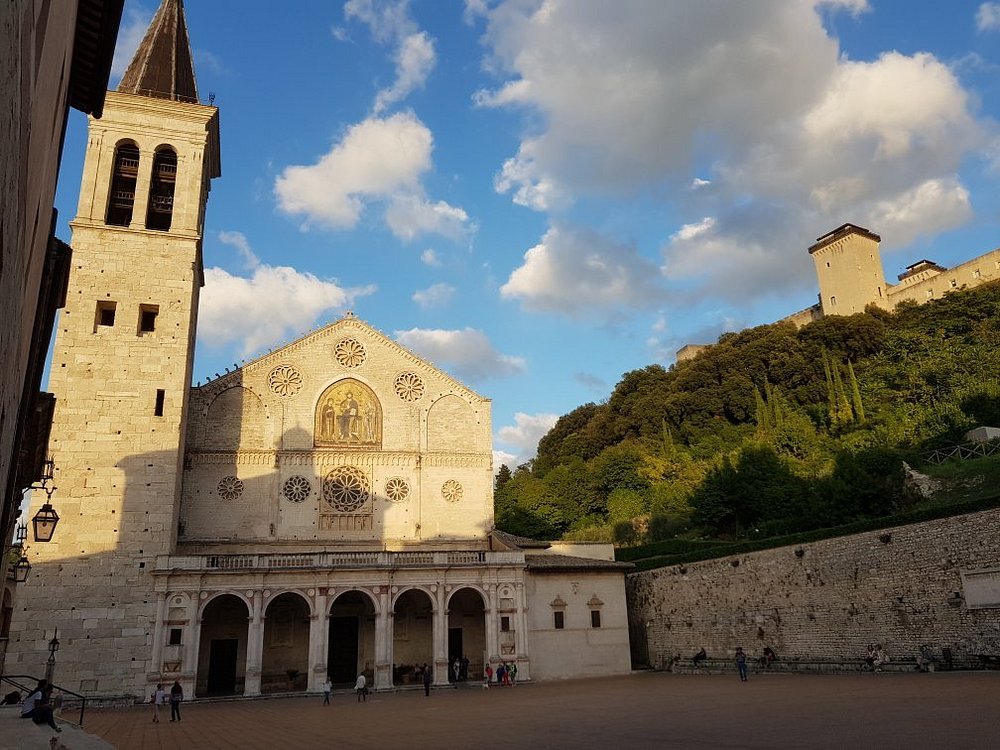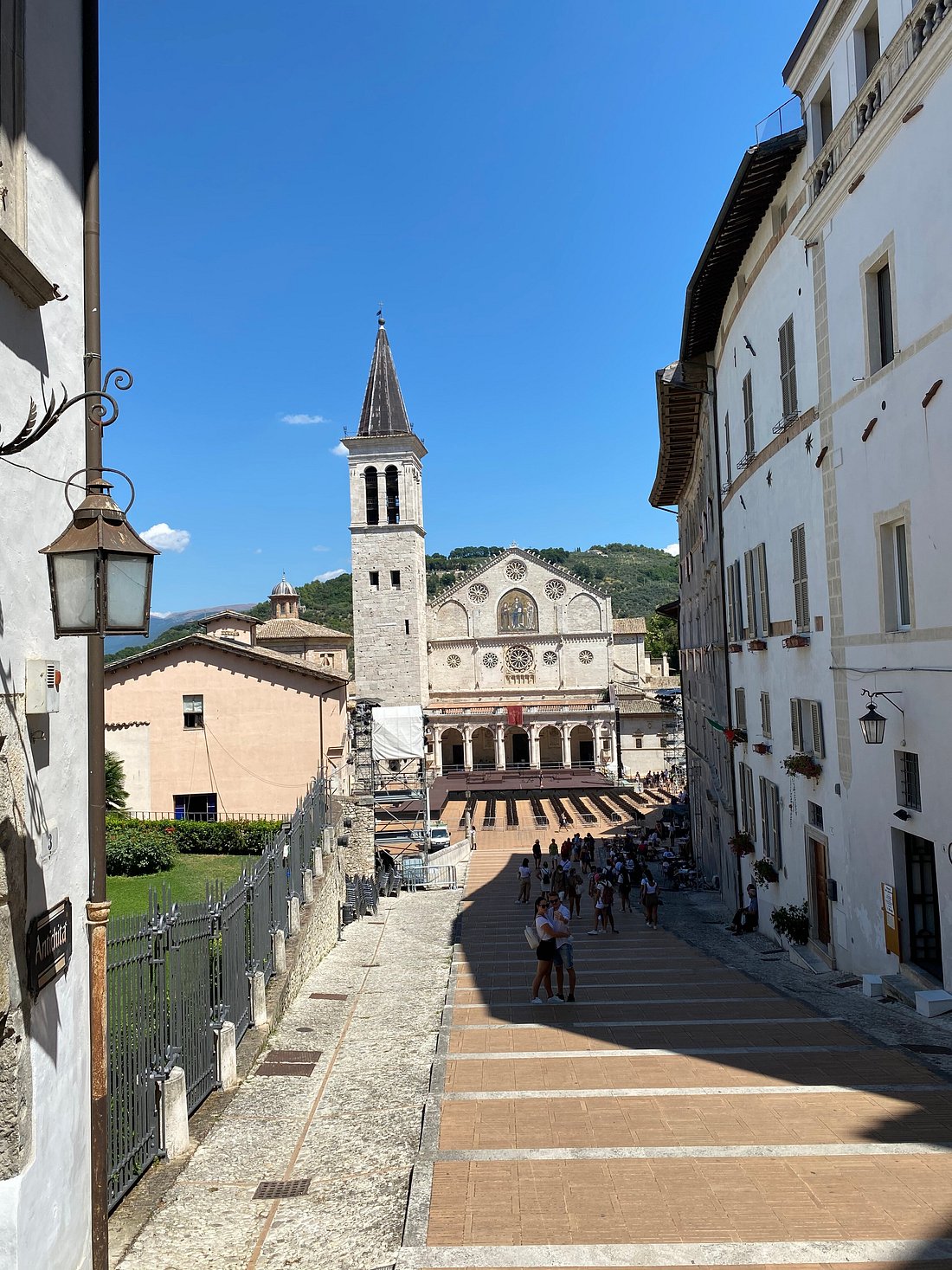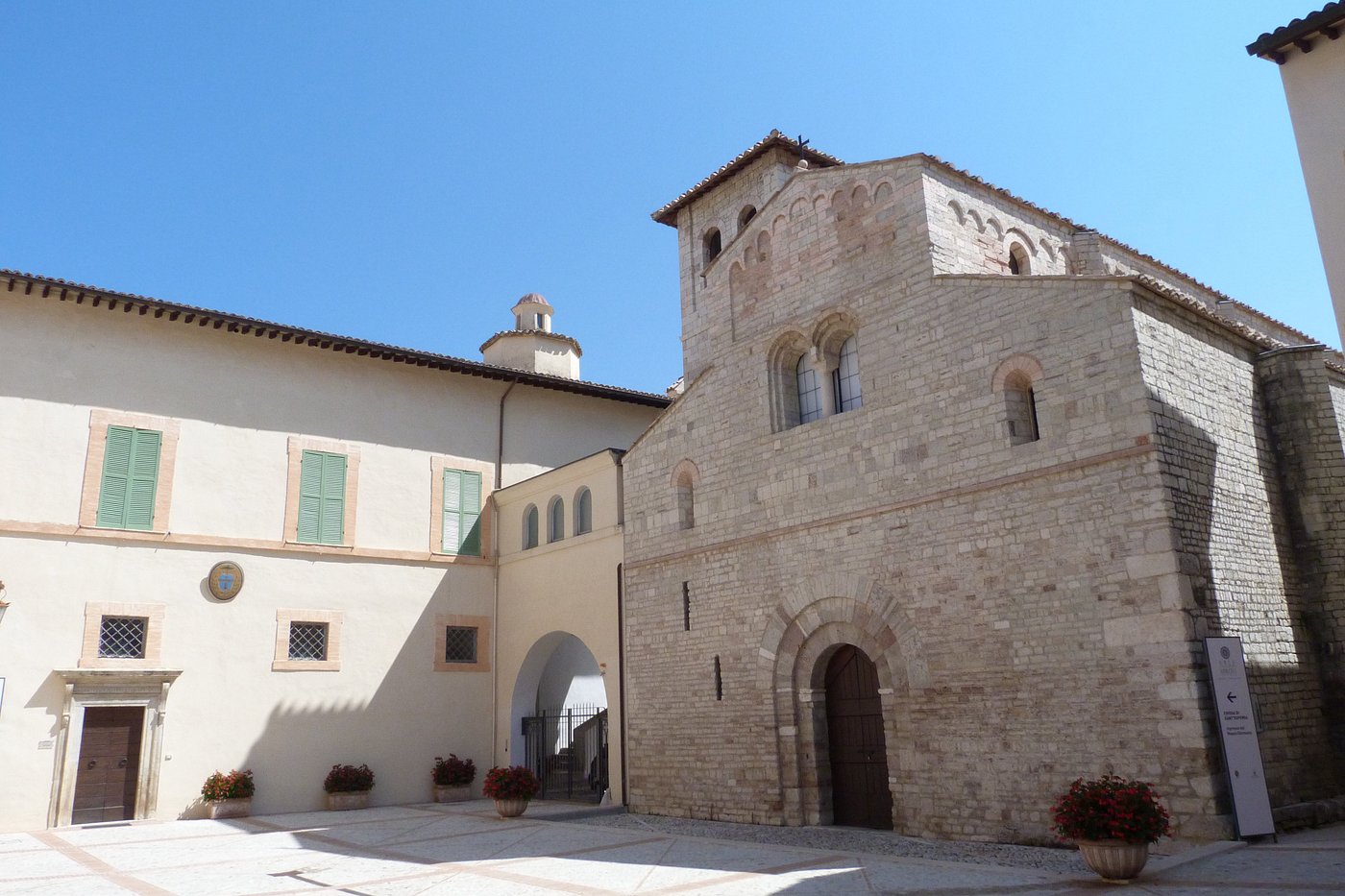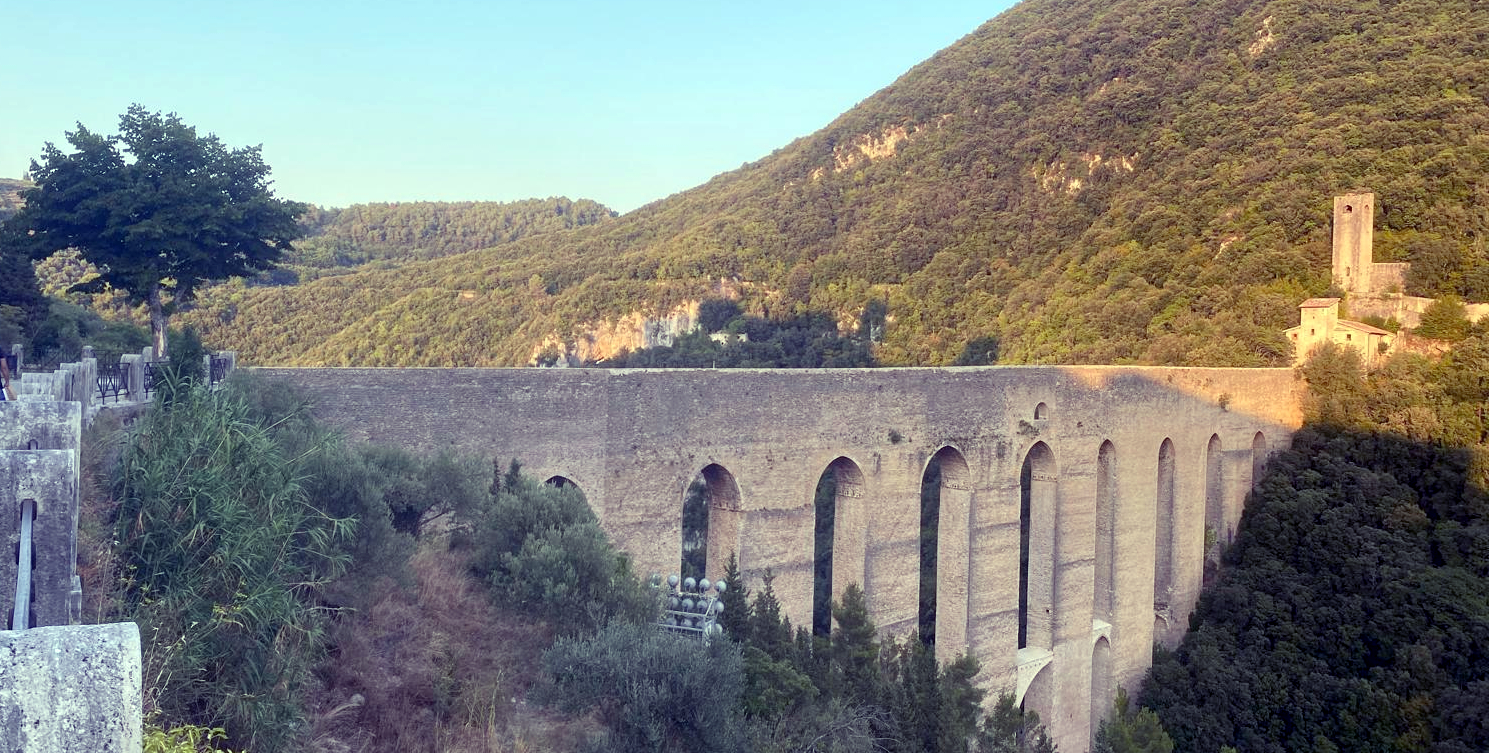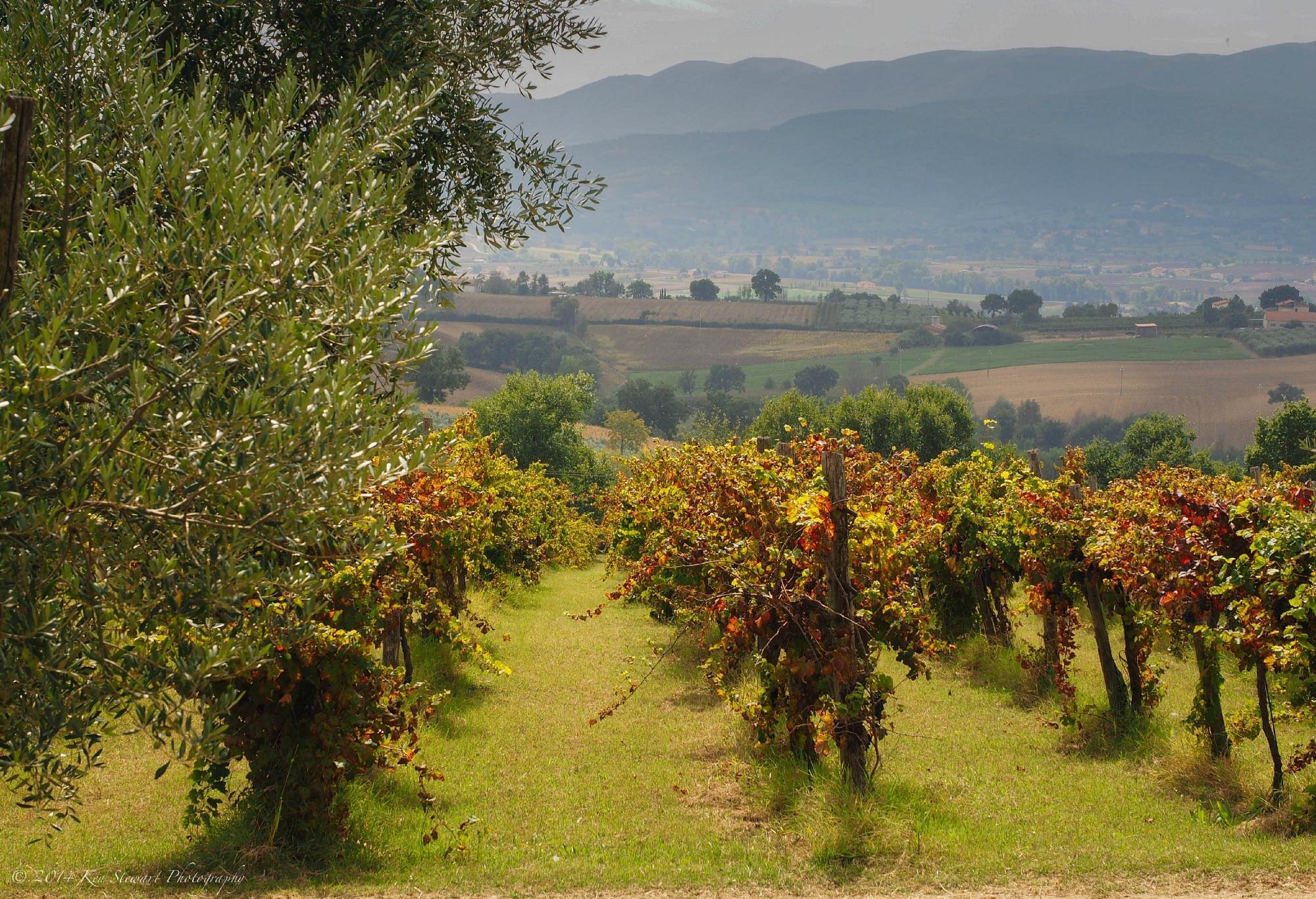What to Do in Umbria in Autumn:
Olive Oil, Nature, and Timeless Villages
The Magic of Autumn in the Green Heart of Italy
When the heat of summer fades, Umbria reveals its most enchanting season. Autumn paints the hills in shades of gold, amber, and olive green. The air fills with the scent of wood smoke, chestnuts, and freshly pressed olive oil.For travellers seeking authentic Italian experiences — without crowds — autumn is the perfect time to explore the
Whether you’re drawn by art, food, or outdoor adventures, this region transforms into a living postcard from October to November — and makes for an unforgettable journey.
Discover the Olive Harvest: The Essence of Umbria
Autumn in Umbria means one thing above all — the olive oil harvest. This is when families gather in the groves, olives are handpicked, and local
If you visit during this season, you’ll experience the unique fragrance of freshly pressed
Don’t miss the Frantoi Aperti® Festival (October 18 – November 16, 2025) — a month-long celebration across Umbrian villages, open olive mills, and medieval towns.
Here you can:
- Watch the olive oil pressing process.
- Taste warm bread dipped in the new oil.
- Join guided tours and cultural events among the olive trees.
- Enjoy concerts, art exhibitions, and traditional dinners known as Cene Oleocentriche
Take a Journey on the Olive Oil Train
A new and unforgettable experience arrives this autumn — the Espresso Assisi – Frantoi Aperti® , Italy’s special tourist train dedicated to the olive oil harvest. Please note that this special tourist service is organized by FS Treni Turistici Italiani, part of the official Trenitalia Group. The Espresso Assisi – Frantoi Aperti® train may not appear among the standard Trenitalia routes, as it operates as a dedicated seasonal experience.
Running every Sunday from October 19 to November 16, 2025, this scenic route connects Rome to Arezzo, stopping in Terni, Spoleto, Foligno, Spello, Assisi, and Perugia.
It’s not just a train — it’s a moving festival. You’ll travel through landscapes of olive groves and hilltop towns, meet local producers, and discover the art of olive oil along the way.

Travellers can enjoy onboard tastings, guided visits to mills, and cultural stops in historic towns.
? Explore Umbria’s Timeless Villages
Umbria’s villages are jewels of stone and silence. In autumn, they glow under soft light, surrounded by misty hills and vineyards turning red. Here are some of the most evocative places to visit:
Spoleto
Ponte delle Torri, admire the Cathedral of Santa Maria Assunta, and enjoy quiet evenings filled with local flavors.
Adagio Umbro, located near Spoleto, offers the perfect base to explore the heart of Umbria while enjoying peace and nature.
Assisi
Spiritual and serene, Assisi shines even brighter in autumn. Visit the Basilica of St. Francis, wander the medieval lanes, and enjoy panoramic views of the Umbrian Valley glowing in gold.
Trevi
Known as the “City of Olive Oil,” Trevi is surrounded by endless terraces of Moraiolo olives. Visit in early November for olive-themed walks, tastings, and traditional feasts.
Spello
Famous for its stone-paved alleys and pink limestone houses, Spello is one of Italy’s most picturesque towns. The views of olive groves from its medieval walls are unforgettable.
Montefalco
Home to the rich Sagrantino wine and host of the opening event for Frantoi Aperti®. Don’t miss the “Visioni Oleocentriche” art exhibition and concert at the Church of San Francesco.
The Taste of Umbria’s Heritage: From Grove to Gold
In Umbria, olive oil is more than a product — it’s a way of life deeply rooted in the region’s hills and traditions. Every autumn, as olives turn from green to gold, over 5.5 million olive trees paint the landscape in shimmering silver tones. Across 27,000 hectares of olive groves, farmers have tended their trees for generations, creating an oil so distinct it earned the DOP Umbria (Protected Designation of Origin) label — a mark of quality recognized throughout Europe.
Producing olive oil in Umbria is a meticulous craft that blends tradition with nature’s rhythm. Depending on the season, the region yields between 30,000 and 60,000 tons of olives, pressed in more than 270 family-run mills scattered across valleys and hill towns. Each bottle of DOP Umbria oil tells a story of landscape and labor — of early mornings in the groves, hands stained with fruit, and the unmistakable fragrance of freshly pressed olive oil that fills the air each November
To preserve its authenticity, the DOP Umbria designation divides the region into five subzones, each with its own identity and flavor. The Colli Amerini and Colli Orvietani produce delicate, balanced oils; the Colli Martani, near Giano dell’Umbria and Bevagna, are known for their herbal notes; around Lake Trasimeno, the rare Dolce Agogia olive gives a soft, fresh aroma; while the expansive Colli Assisi–Spoleto area — home to Trevi, Spoleto, and Assisi — yields a bold, peppery oil rich in antioxidants. Together, they form a mosaic of taste that reflects Umbria’s landscapes and centuries of passion for olive cultivation.
Did you know? In Trevi you can visit the Museum of the Olive Civilization (Museo della Civiltà dell’Ulivo), dedicated to olive cultivation and DOP Umbria EVO oil. Read our guide →Enjoy Autumn Flavors: From Truffles to Chestnuts
Umbria’s autumn table is a celebration of nature’s bounty. Every town offers a chance to taste local delicacies:
- Black truffles from Norcia and Spoleto
- Chestnuts and mushrooms from the Monti Martani and Valnerina forests
- Red wines like Montefalco Sagrantino and Rosso di Torgiano
- Pecorino cheese, strangozzi pasta, and hearty lentil soups from Castelluccio
Visit local food markets or small osterie to experience real Umbrian cuisine — rustic, seasonal, and deeply satisfying.
Walk, Hike & Breathe the Landscape
For nature lovers, autumn is the best time to explore Umbria’s countryside. The weather is mild, the trails quiet, and the views spectacular.
- Via di Francesco: Follow the footsteps of Saint Francis on the ancient pilgrim trail connecting Spoleto to Assisi. This section of the route winds through olive groves, cypress-lined paths, and small sanctuaries where the saint once prayed. It’s one of Umbria’s most spiritual and scenic walks, offering moments of silence, panoramic views, and a deep sense of peace.
- Valnerina: Discover hidden monasteries, waterfalls, and ancient forests along the Nera River valley — a paradise for hikers and photographers.
- Monti Martani Trails: Gentle hills covered with vineyards and olive trees — ideal for slow hiking, photography, and enjoying the changing autumn colors.
You can also join guided walks during Frantoi Aperti®, where art, music, and nature blend into unique outdoor experiences celebrating the olive harvest.
Stay in the Heart of the Olive Hills
Choosing where to stay in Umbria can define your entire experience. If you’re looking for peace, nature, and authenticity — the countryside near Spoleto is one of the most beautiful and strategic areas.
Framed by oak forests and medieval hill towns, Adagio Umbro offers a calm and authentic stay in the heart of Umbria.
Imagine waking up to birdsong, enjoying breakfast under the trees, and visiting villages only minutes away. Even while the B&B is currently being renovated, Adagio Umbro’s website already welcomes travellers with stories, itineraries, and local insights — helping you plan your next Umbrian escape.
Capture the Soul of Slow Travel
Autumn in Umbria isn’t about rushing between attractions — it’s about living the moment. It’s walking through quiet streets at sunset, talking to olive farmers, and tasting oil that was pressed just hours before.
This is slow travel at its finest — where experiences matter more than checklists. Every path leads to something real: a conversation, a flavor, a memory.
Plan Your Autumn Escape to Umbria
Whether you arrive by car, by train, or someday aboard the Espresso Assisi, autumn in Umbria offers everything the modern traveller seeks — authenticity, beauty, and connection.
As you explore, let your senses guide you: the golden light, the earthy aroma of olive oil, and the sound of church bells in the distance.
And when the day ends, remember — this land rewards those who slow down and listen.
Stay Connected
For more updates, photos, and stories from Adagio Umbro, follow us on our social media channels:


